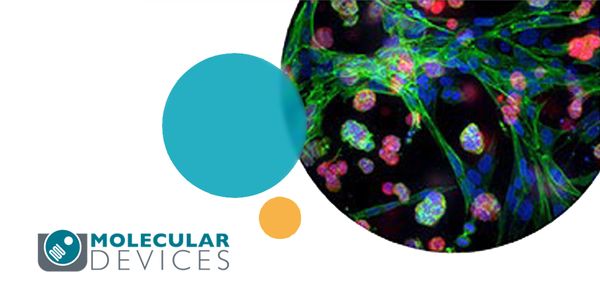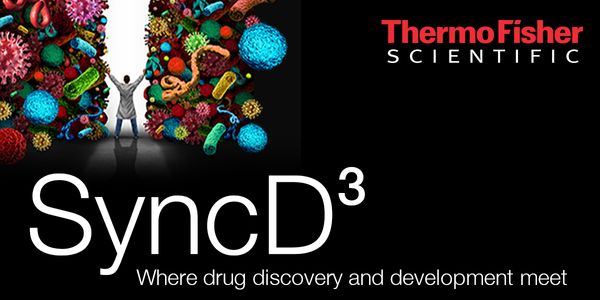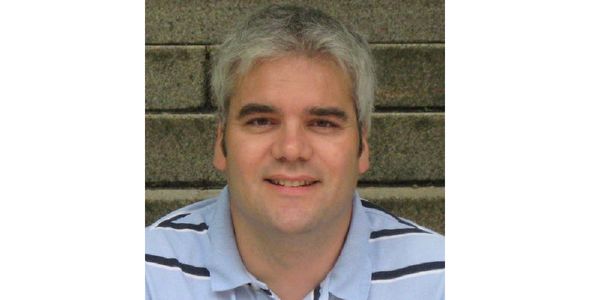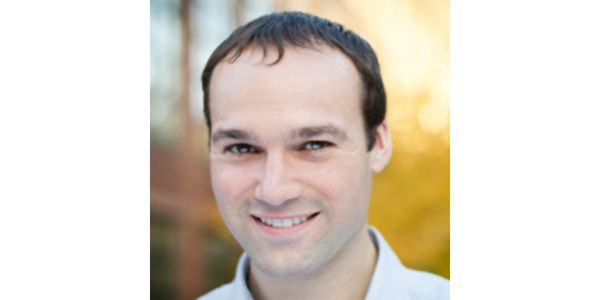Pluripotent Stem Cells
Pluripotent Stem Cells: are cells that have the volume to self-renew by subdividing and to develop into the three primary germ cell layers of the early embryo and therefore into all cells of the adult body, but not extra-embryonic tissues such as the placenta. Embryonic stem cells and induced pluripotent stem cells are pluripotent stem cells.
-
AUG 01, 2018 | 12:00 AMInduced pluripotent stem (iPS) cells are a promising source of personalized therapy. These cells can provide immune-compatible autologous replacement tissue for the treatment of potentially a...JUN 01, 2018 | 12:00 AMThermo Fisher Scientific has developed an advanced assay to qualify FBS for use with ESCs. This assay is designed to sustain undifferentiated ES cells while maintaining karyotype integr...There is increasing evidence that intracellular miRNAs play a role in the pathogenesis of many complex disease phenotypes. In addition, extracellular miRNAs in exosomes are emerging as...Speaker: Ulrich Broeckel, MD , Amy Turner, BS
APR 17, 2018 | 8:00 AM
DATE: April 17, 2018TIME: 8:00AM PST, 11:00AM ESTRecently, much research has focused on obtaining 3D brain organoids in an attempt to better recapitulate brain development and function...
Speaker:
Cassiano Carromeu, PhD
, Grischa Chandy, PhD
, Oksana Sirenko, PhD
Sponsored By: Molecular Devices
MAR 28, 2018 | 10:00 AM
DATE: March 28, 2018TIME: 10:00am PDT, 01:00pm EDTPrimary cells are derived from various tissues typically via dissection, enzymatic dissociation, and subsequent culture in media specif...
Biomedical research depends on the use of model systems to explore basic biology, probe disease mechanisms, and conduct drug discovery and development. However, results from such systems are...
Speaker:
Michael Hendrickson
MAR 01, 2018 | 12:00 AM
The isolation of human embryonic stem cells (hESCs) and the discovery of human induced pluripotent stem cell (hiPSC) reprogramming have sparked a renaissance in stem cell biology, in vitro di...
FEB 28, 2018 | 12:00 AM
TBD...
FEB 01, 2018 | 12:00 AM
Pluripotent stem cells can reproduce indefinitely and develop into any cell type in the body. We are putting pluripotent stem cells to use, for a neuron replacement therapy for Parkinso...
JAN 01, 2018 | 10:00 AM
The capacity to generate disease-relevant cell populations from human pluripotent stem cells has tremendous potential for shedding light on human disease mechanisms. I will discuss basic prin...
JAN 01, 2018 | 12:00 AM
My talk shall encompass how the stem cell research field has evolved from embryonic stem cells to adult stem cells and currently induced pluripotent stem cells with special reference to the f...
DEC 01, 2017 | 12:00 AM
The use of pluripotent stem cells is dramatically altering the R&D landscape, providing new insights into both the basic biology of disease progression and novel cell types for pharmaceut...
Therapeutic development for human diseases continues to face obstacles, particularly in translating targets or compounds identified by in vitro screening campaigns to valid targets or efficac...
Derivation of many different cell types from human pluripotent stem cells (embryonic stem cells or HESCs and induced pluripotent stem cells or hiPS cells) is an area of growing interest both ...
Regulatory non coding RNAs, including microRNAs (miRNAs) and long non coding RNAs (lncRNAs), have shown to be essential for animal development and viability, yet dissecting the relevance of i...
NOV 01, 2017 | 12:00 AM
For more than four decades, restrictions on research with psychoactive drugs have slowed progress in understanding how such substances impact brain metabolism. Besides the historical restrict...
The deposition and removal of DNA and histone modifications depends on the availability of specific metabolites, suggesting that cellular metabolic pathways may dynamically regulate chromatin...
Speaker:
Lydia Finley
OCT 01, 2017 | 12:00 AM
Traditional high throughput screening (HTS) assays for neuronal targets employ non-human primary neuronal cells due to the scale necessary for HTS. Isolation of mouse primary neurons can be u...
Stem cells can self-renew and differentiate into multiple different cell types. Engineering of stem cells has enabled new methods to study development and organogenesis in humans as well as d...
DATE: August 29th, 2017TIME: 9:00am PT, 12:00pm ET Antibodies are frequently produced from a cell line that has been screened to ensure the protein is expressed with th...
Speaker:
Mike Kowalski, Ph.D.
, David Apiyo
Sponsored By: Biologics by Danaher,
Biologics by Danaher
























